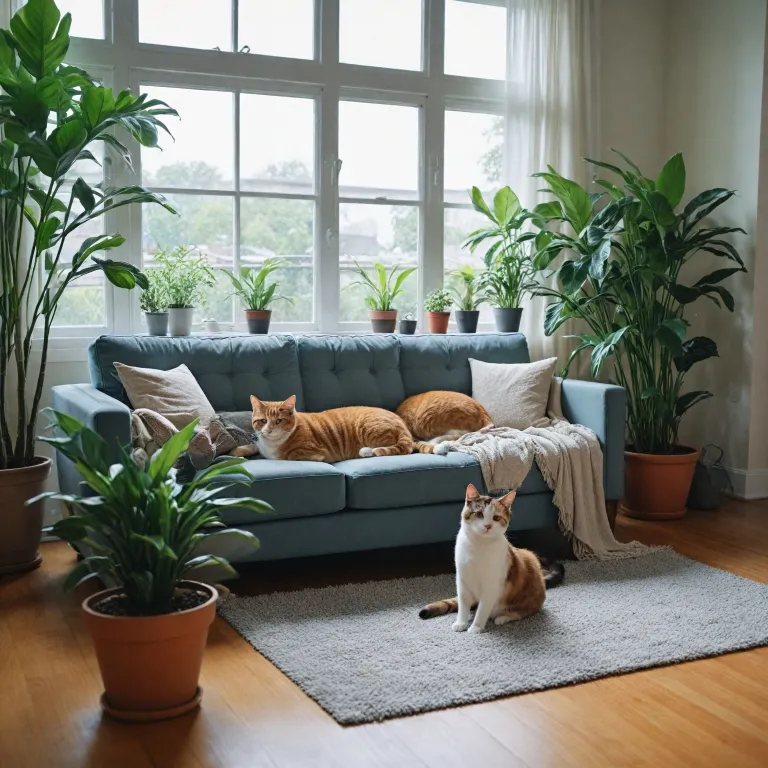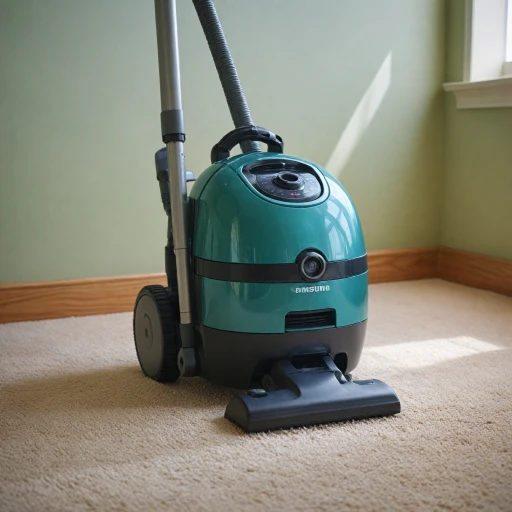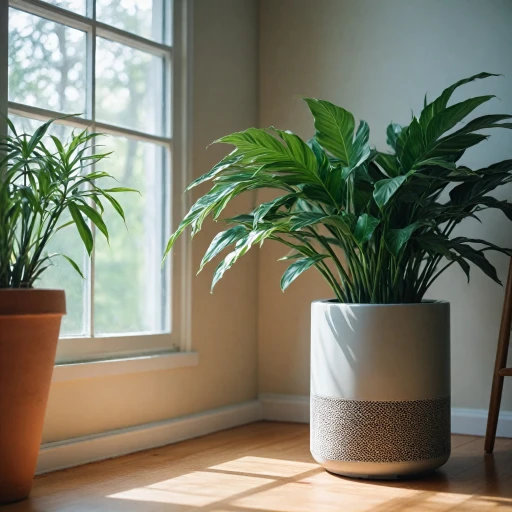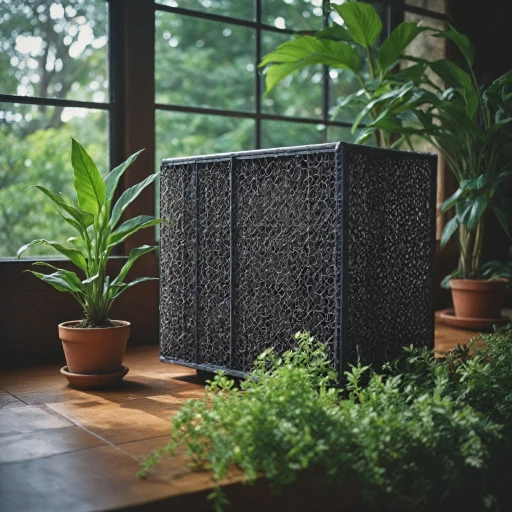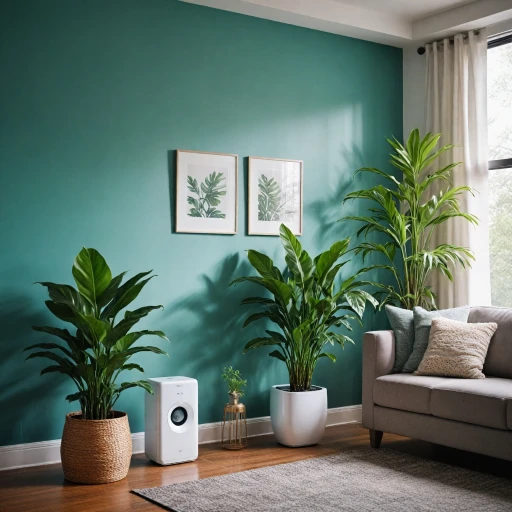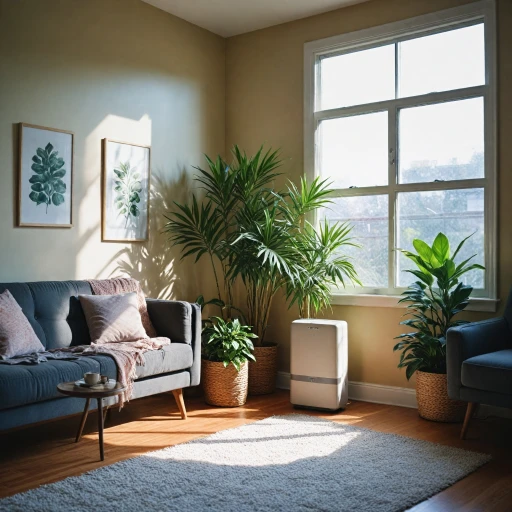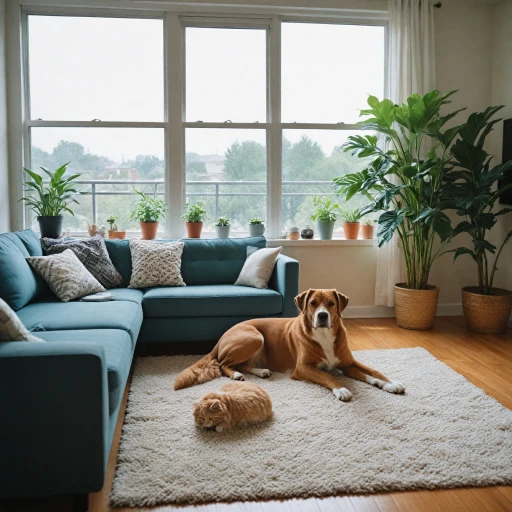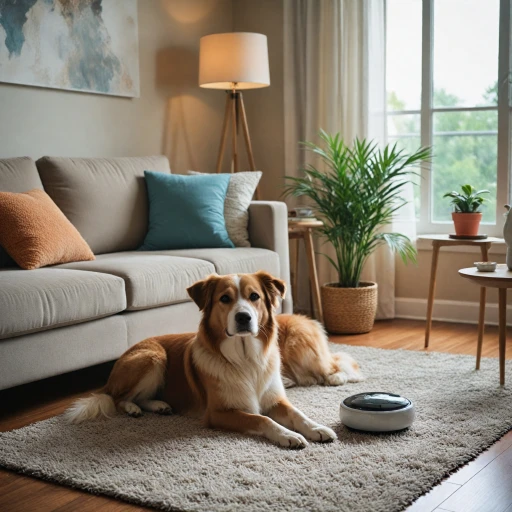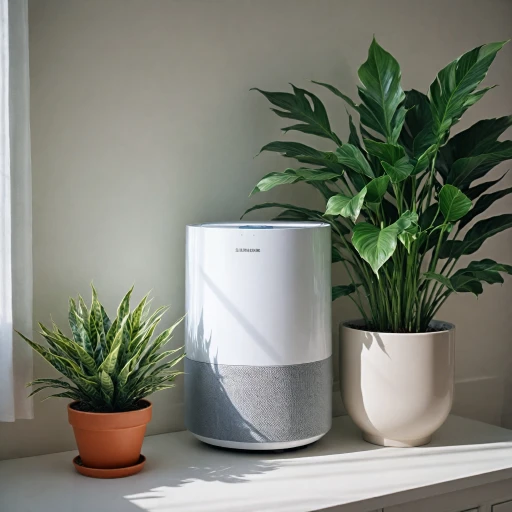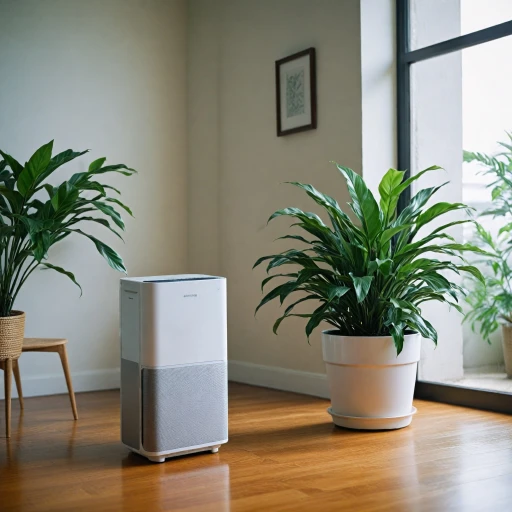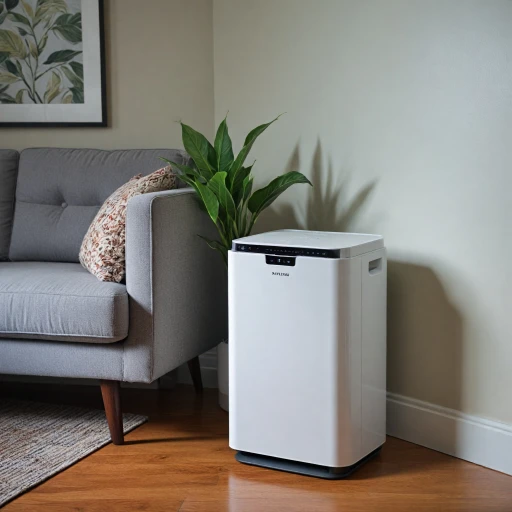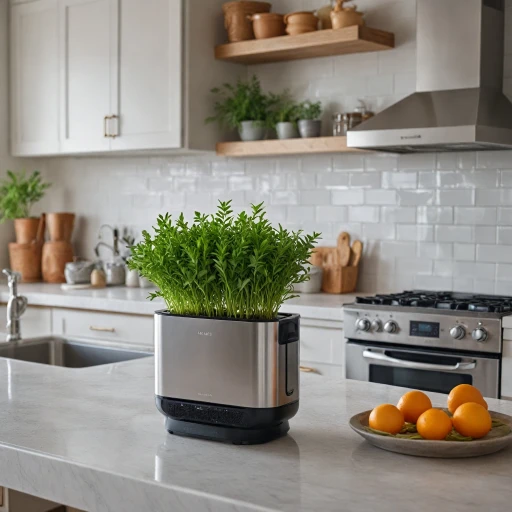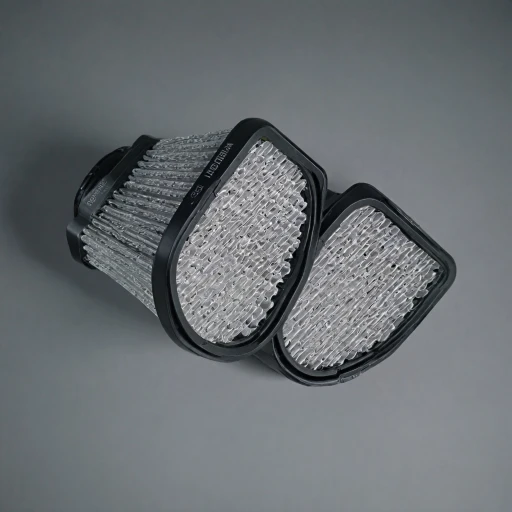
Understanding pet dander and its impact on air quality
Decoding Pet Dander and Its Impact on Your Air Quality
Pet dander, an often overlooked aspect of owning pets, plays a significant role in the air quality of your home. It consists of tiny, even microscopic, flecks of skin shed by cats, dogs, and other furry animals with fur or feathers. These particles, along with hair, can lead to air quality issues, especially for allergy sufferers or those with respiratory sensitivities.
Understanding how pet dander affects air quality is crucial in selecting the right air purifier that enables your household to enjoy the company of pets without suffering from poor air conditions. Poor air quality as a result of pet dander can lead to respiratory problems and exacerbate allergies for you and your family.
Air purifiers, especially those designed with advanced features like HEPA filters and smart features such as air quality sensors, can effectively capture and eliminate pet dander from your indoor environment. These purifiers generally feature multi-stage filtration systems that encompass pre filters and HEPA filters for removing larger and smaller particles respectively.
When considering the best air purifier for tackling pet dander, focus on products with high Clean Air Delivery Rate (CADR), which measures the purifier's efficiency in removing particulates from the air. The higher the CADR, the faster and more efficiently the purifier can clean the air in your home.
In homes with pets, keeping an eye on the purifier's Decibel (dB) level is also important because pet owners often leave purifiers running for extended periods. A quiet operation, combined with an auto mode to adjust to varying air quality levels, contributes to both the wellbeing of pets and owners.
As you further explore key air purifier features and compare top choices, a balance between filter performance, power consumption, and air flow (often measured in CFM) should come into play. By acquainting yourself with real-life experiences and testimonials, you’ll gain insights into how these devices function in homes similar to yours.
Key features to look for in an air purifier for pet dander
Essential Features of Air Purifiers for Pet Owners
When choosing an air purifier for managing pet dander, there are several key features you'll want to consider. These features ensure that the air purifier is not only efficient in removing pet-related particles but also in optimizing overall air quality.- HEPA Filter: A True HEPA filter is crucial as it captures up to 99.97% of particles as small as 0.3 microns, including pet dander and hair. Look for models like the Levoit Core, which are known for their effective HEPA filtration.
- Activated Carbon Filter: This filter helps in neutralizing odors caused by pets. An activated carbon filter will adsorb pet smells, making the air cleaner and fresher.
- Pre-Filter: A pre-filter traps larger particles such as pet hair, extending the life of the HEPA filter. This can help reduce overall maintenance costs.
- CADR (Clean Air Delivery Rate): Pay attention to the CADR, which indicates the volume of filtered air delivered by the machine. Higher CADR means better performance; for pet dander, consider a purifier with a high CADR for particles.
- Smart Features and Auto Mode: Some purifiers include a quality sensor and an auto mode that adjusts fan speed based on the detected air quality. This is particularly useful for maintaining clean air without manual adjustments.
- Noise Level: Consider the noise level, measured in dB(A). Many purifiers offer a quiet mode, which is beneficial if you want to keep it running throughout the night without disruptions.
- Energy Consumption: Check the power consumption to ensure it's efficient. A model that offers performance without excessive energy use is ideal.
- Size and Dimensions: Consider the dimensions in inches and the weight, especially if you’ll be moving the purifier between rooms.
Comparing popular air purifier models for pet owners
Side-by-side look at popular models for pet lovers
When searching for the perfect air purifier to handle pet dander, comparing various models can help you make a well-informed decision. Key aspects to consider include the Clean Air Delivery Rate (CADR), power consumption, and the effectiveness of HEPA filters. The Levoit Core series offers models that stand out for their compact dimensions, making them suitable for smaller spaces. They often include smart features like air quality sensors and auto mode, which ensure seamless optimal performance. The Levoit purifiers’ CADR ranges are sufficient for average household needs, efficiently handling particles such as pet hair. Austin Air units, on the other hand, are renowned for their robust build and advanced activated carbon filters. Their impressive CADR numbers allow for swift air cleaning and a better handle on pollutants. Another crucial factor is noise levels, typically measured in dBa. Opting for models with quieter operation enhances their usability in residential environments, especially when dealing with pets who might be sensitive to noise. To maximize the effectiveness of your selection, evaluate the air purifier's energy consumption based on its power rating and CFM (cubic feet per minute) performance. This will help identify which model provides the most efficient clean air delivery. Additionally, access to a video review can provide real-life insights into product performance. While each air purifier brand, including Levoit, Austin Air, and others, brings distinct advantages, your choice should align with personal preferences and specific needs related to air purifier capabilities. Focusing on performance metrics and user testimonials can guide your decision towards an ideal product for managing pet-related air quality challenges.Maintenance tips for optimal air purifier performance
Keeping Your Air Purifier in Top Shape
Proper maintenance is crucial for maximizing the performance of any air purifier, whether you're dealing with pesky pet hair or fine particles of dander. Here are some essential tips to ensure your air purifier consistently delivers the best air quality:- Regularly Clean or Replace Filters: Depending on the model and the type of filter used, such as HEPA or activated carbon, you'll need to clean or replace them regularly. For instance, pre-filters generally require cleaning every month to capture larger particles like pet hair effectively, while the main HEPA filter might need replacement every 6 to 12 months.
- Check the User Manual: Each air purifier, whether it's a popular brand like Levoit or Austin Air, comes with specific maintenance guidelines. Be sure to adhere to these to prevent any issues related to power consumption or performance.
- Optimize Use of Smart Features: Utilizing the smart features and auto mode in air purifiers can aid in maintaining optimal performance. Quality sensors can help adjust the device's operation according to the current air quality, optimizing the CADR (Clean Air Delivery Rate) while conserving energy consumption.
- Keep the Device Free of Obstructions: Ensure there’s adequate clearance around your air purifier. Most models recommend a few inches—typically around 12 to 18 inches—on all sides for unobstructed air intake and output.
Additional strategies to reduce pet dander at home
Enhancing Indoor Air: Strategies Beyond Air Purifiers
While quality air purifiers like the Levoit Core with its HEPA filter and advanced CADR CFM delivery rate play a crucial role in managing pet dander and ensuring clean air, incorporating additional strategies can further enhance indoor air quality and reduce pet-related allergens.- Regular Cleaning: Frequent vacuuming with a vacuum cleaner equipped with a HEPA filter helps to capture pet hair and dander particles. Consider washing pet bedding, curtains, and rugs often to prevent dander accumulation.
- Maintain Humidity Levels: Keeping indoor humidity between 40-50% can minimize dander dispersal. A dehumidifier may help in maintaining optimal humidity levels, especially in damp climates, to keep pet dander at bay.
- Grooming: Regular grooming and bathing of pets reduce shedding and the amount of hair and dander they release into the environment. Use natural pet shampoos to avoid introducing additional irritants into the air.
- Dedicated Pet Areas: Designate certain areas of your home as pet-free zones, especially bedrooms, to ensure a space where air quality can be optimal and dander concentration reduced.
- Ventilation: Ensure good ventilation by opening windows when possible or utilizing exhaust fans to promote fresh air circulation, effectively reducing the concentration of indoor pollutants.
- Furnishings Choices: Opt for leather or tightly woven fabrics for furniture, as these can be easier to clean and less prone to trapping pet dander compared to plush textiles.
